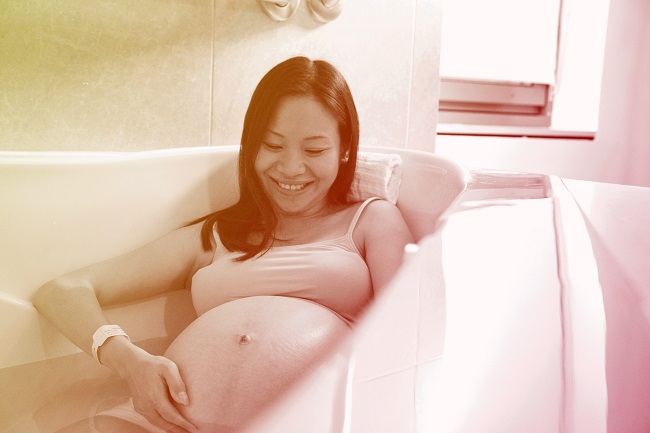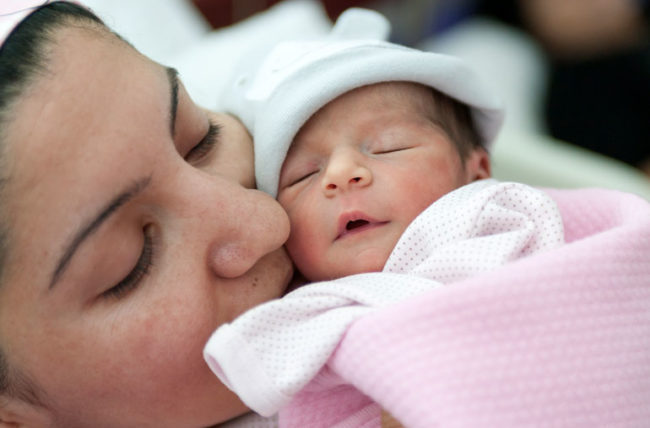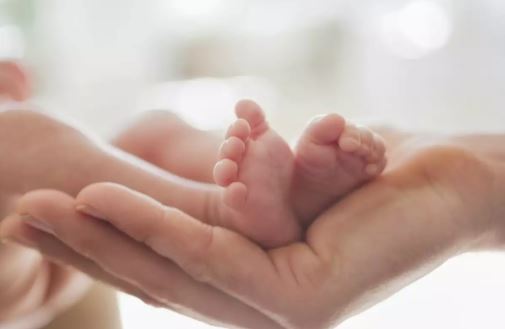Study reveals water births are as safe as land births for mom, baby
While giving birth to a baby comes with a number of consequences and difficulties for the mother and child, a new study found that water births are no more risky than land births and that women in the water group sustain fewer first and second-degree tears.

Washington DC: While giving birth to a baby comes with a number of consequences and difficulties for the mother and child, a new study found that water births are no more risky than land births and that women in the water group sustain fewer first and second-degree tears.
University of Michigan researchers analyzed 397 waterbirths and 2025 land births from two midwifery practices. There were no differences in outcomes between waterbirth and land birth for neonatal intensive care admissions, and postpartum haemorrhage rates were similar for both groups. The results of the study were published in the journal Birth.
Also Read: Study highlights pregnant women often lacking adequate nutrition
"The long and short of it is that if you use proper techniques...the outcomes are very good," said Lisa Kane Low, a professor in the U-M School of Nursing, and senior author on the paper. "They mirror what we see in international studies of water birth."

Also Read |
Stressed pregnancy might hinder infants' brain development
Ruth Zielinski, clinical associate professor of nursing and study co-author, said more facilities should offer water birth and have guidelines for implementing it.
Also Read: 'Baby boys born to older mothers likely to develop heart problems later'
In water birth, the woman gives birth in a water-filled tub rather than a bed. Few US hospitals or birth centres offer tub births because of perceived risk to the newborn, mainly suggested by case studies of neonatal infections or cord tearing.
Professional organizations tend to agree that women in labour should have access to water for comfort, but not all support birth in the water. This means hospitals must make women leave the tub before birth.
Also Read |
'Baby boys born to older mothers likely to develop heart problems later'
During a water birth, babies take their first breath when removed from the tub. Until then, their lungs are filled with water, which is displaced when they hit the air and breathe. The connected umbilical cord provides oxygen.
Also Read- CAREFUL LADIES! Stress during pregnancy may affect baby's sex
"It's important not to re-submerge babies", Zielinski said. At U-M, they are birthed in the water, brought out almost immediately, and they're careful to not re-submerge them. Mom and baby exit the tub with help and warm blankets, typically prior to delivering the placenta so that blood loss can be more accurately calculated.
Zielinski said more studies are needed to understand the satisfaction level of women who have water births. (ANI)
 Dynamite News
Dynamite News 
